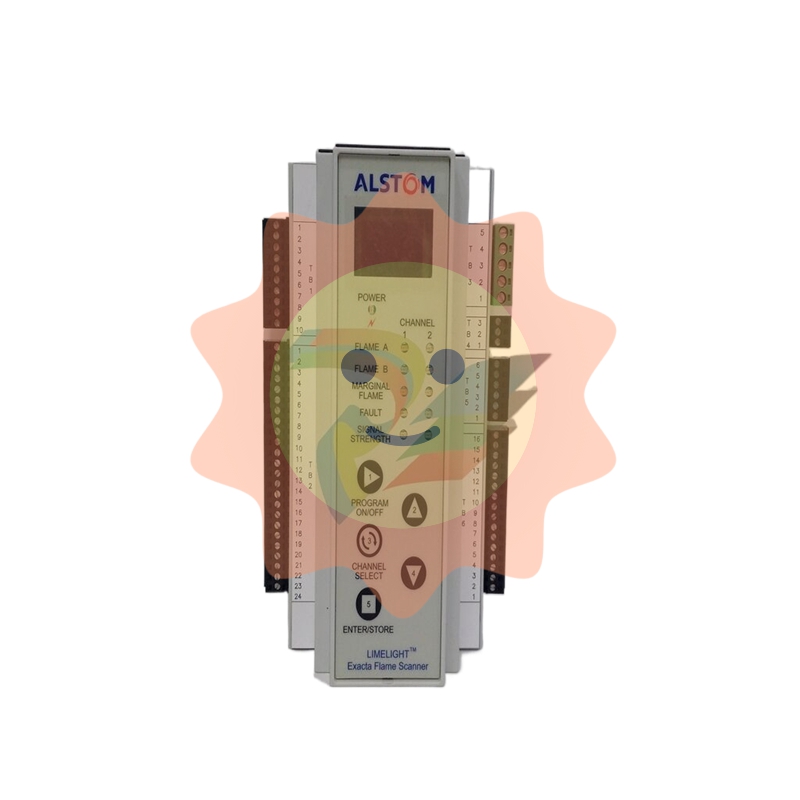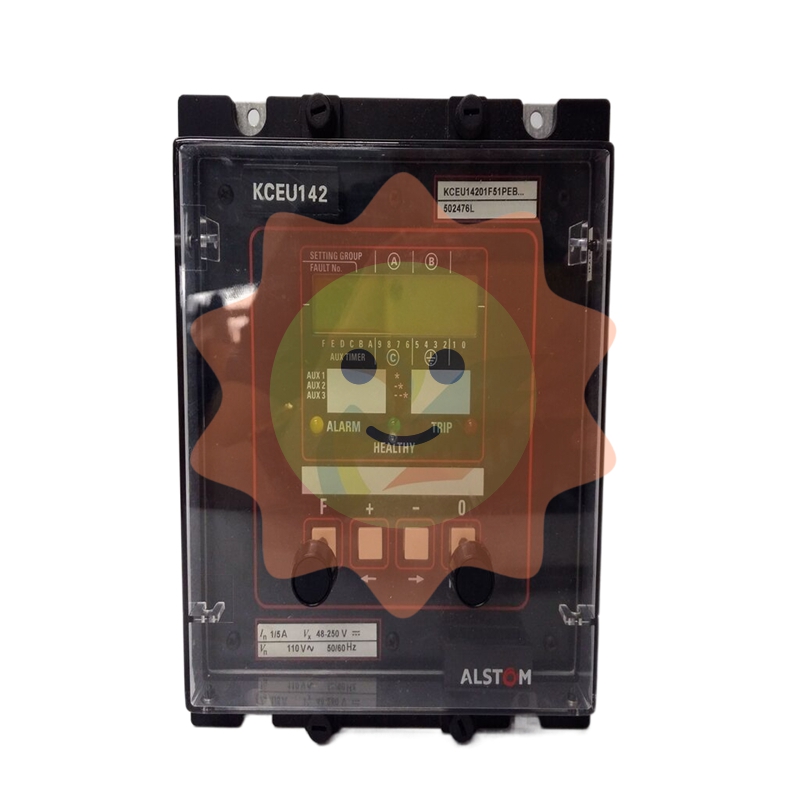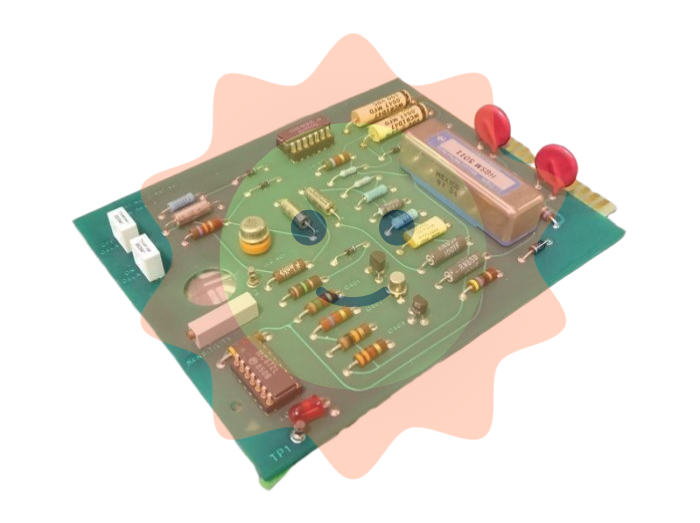Green technology solves the problem of pharmaceutical environmental protection
In addition, modern green pharmaceutical technology also includes the following: can control chemical reactions, improve the precision of pharmaceutical technology; Microwave technology that can increase the rate and efficiency of chemical reactions and increase drug production; Supercritical fluid technology (SCF) can replace organic solvents with high toxicity and play the role of medium, so it has high application value.
Pharmaceutical industry application scenarios
In the pharmaceutical industry, the production of semi-synthetic ampicillin and amoxicillin can be applied to the green new enzyme reaction.
In the traditional synthesis process, the active hydrogen in penicillin G is first protected by silyl substitution, and then reacts with phosphorus pentachloride to form chlorimide ester at -40℃, and then hydrolyzed to obtain 6-APA, an important raw material for semi-synthetic penicillin.

However, this reaction has been largely replaced by a new enzymatic reaction of penicillin G acyltransferase, which can react in water slightly above room temperature and does not require a silyl protective group. According to statistics, at present, a large number of 6-APA is manufactured by a more environmentally friendly enzymatic process every year, which has become a representative case of the successful application of green chemistry in the pharmaceutical field.
Another example of a catalytic reaction is the third-generation biocatalytic aminotransferase process formed by Merck through an improved process in the production of sittalliptin. Compared to the second generation technology, the third generation process is more in line with the green manufacturing concept of safety, atomic economy, waste prevention and energy saving. The technology avoids the use of the toxic metal rhodium, eliminates the need for high pressure, high temperature hydrogenation, and replaces it with a process that operates at room temperature and pressure, making the production process safer, lower energy consumption, and lower costs.
It is worth mentioning that biocatalytic aminotransferases are often engineered enzymes that have been "evolved" and modified by biotechnology, and can be directed to the synthesis of products that meet purity needs, while transition metal catalysts usually do not have this highly customized. According to statistics, at present, 25% to 75% of the global pharmaceutical companies in the research and development pipeline have applied biocatalysis technology.
Roche also considers the green chemistry principle in the synthesis of pyridinium and imidazoles. The original synthesis route involved 3-amino-pentane-1, 5-diol, which was highly water-soluble and difficult to separate and extract from the aqueous reaction mixture, requiring a large amount of dichloromethane. By streamlining and improving the process, the company began the reaction with a more readily available and inexpensive compound, used a single solvent that was easier to recover and recycle, and finally purified 3-aminopentane-1, 5-diol using an acid resin under non-aqueous conditions, resulting in a total yield of 89% and an API purity of 99.5%.
Green chemical pharmaceutical technology is related to economic benefits, social benefits and environmental benefits, and is of great significance to ecological sustainable development and improvement of human life quality. To this end, global pharmaceutical companies should continue to innovate, develop and adopt more green pharmaceutical technologies for the benefit of society.
- EMERSON
- Honeywell
- CTI
- Rolls-Royce
- General Electric
- Woodward
- Yaskawa
- xYCOM
- Motorola
- Siemens
- Rockwell
- ABB
- B&R
- HIMA
- Construction site
- electricity
- Automobile market
- PLC
- DCS
- Motor drivers
- VSD
- Implications
- cement
- CO2
- CEM
- methane
- Artificial intelligence
- Titanic
- Solar energy
- Hydrogen fuel cell
- Hydrogen and fuel cells
- Hydrogen and oxygen fuel cells
- tyre
- Chemical fiber
- dynamo
- corpuscle
- Pulp and paper
- printing
- fossil
- FANUC
- Food and beverage
- Life science
- Sewage treatment
- Personal care
- electricity
- boats
- infrastructure
- Automobile industry
- metallurgy
- Nuclear power generation
- Geothermal power generation
- Water and wastewater
- Infrastructure construction
- Mine hazard
- steel
- papermaking
- Natural gas industry
- Infrastructure construction
- Power and energy
- Rubber and plastic
- Renewable energy
- pharmacy
- mining
- Plastic industry
- Schneider
- Kongsberg
- NI
- Wind energy
- International petroleum
- International new energy network
- gas
- WATLOW
- ProSoft
- SEW
- wind
- ADVANCED
- Reliance
- YOKOGAWA
- TRICONEX
- FOXBORO
- METSO
- MAN
- Advantest
- ADVANCED
- ALSTOM
- Control Wave
- AB
- AMAT
- STUDER
- KONGSBERG
- MOTOROLA
- DANAHER MOTION
- Bentley
- Galil
- EATON
- MOLEX
- Triconex
- DEIF
- B&W


email:1583694102@qq.com
wang@kongjiangauto.com

















































